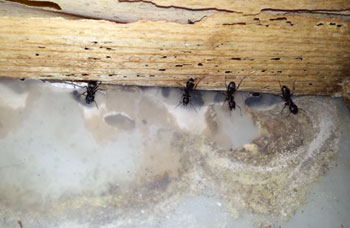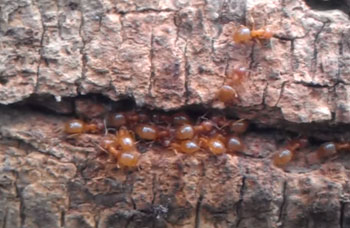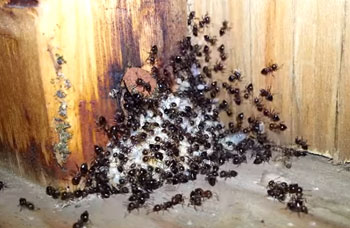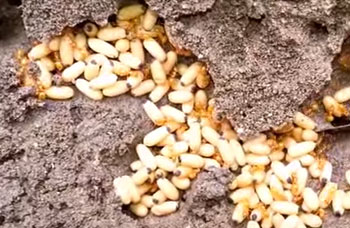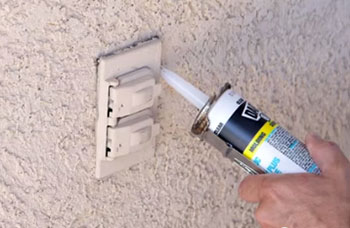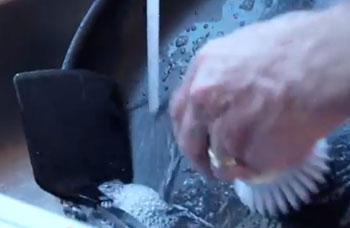Ant Types & Facts
Pharaoh Ant Facts
- Typically no longer than 1/8th of an inch; yellowish brown to dark brown in color.
- Outdoors they typically nest near moisture sources and in dead or decaying wood.
Ant Photos
-
 Carpenter Ants
Carpenter Ants -
 Carpenter Ants
Carpenter Ants - View More Photos
Pharaoh Ants
Pharaoh ants are small, yellow ants. They are present in many parts of the world and are considered to be a major pest due to their ability to survive in indoor areas.
What Are Pharaoh Ants?
The Pharaoh ant name possibly arises from the mistaken tradition that it was one of the plagues of ancient Egypt during the time of Pharaohs. Many also refer to this species as the “sugar ant.” This ant is distributed worldwide, is one of the more common household ants, and carries the dubious distinction of being one of the most difficult household ants to control. More than just the food it consumes or spoils, this ant is considered a serious pest simply due to its ability for “getting into things.”
Pharaoh ants are very small—about 1/16 inch long. They have light yellow bodies with red and black markings on the abdomen. Pharaoh ants eat food of all types, but especially sweets. They will also eat other insects.
Pharaoh Ant Infestation
The Pharaoh ant is a major indoor pest and has the ability to survive most conventional household pest control treatments. Pharaoh ants can take advantage of artificial heating in buildings to survive the winter. The best sign are the small amber-colored workers as they forage along surfaces.
This ant infests almost all areas of a building where food is available and infests many areas where food is not commonly found. Infestations commonly occur in food service areas. Pharaoh ants have a wide preference in the types of food consumed. In infested areas, if sweet, fatty, or oily foods are left uncovered for only a short period of time, one can likely find a trail of Pharaoh ants to the food.
They will nest in well-protected and hidden areas throughout a structure, but they can also nest outdoors in lawns or gardens in warm climates. Pharaoh ants can build nests in walls, cabinet voids, behind baseboards, refrigerator insulation, the hollows of curtain rods, the folds of clothes, sheets and paper and other undisturbed dark spaces.
How to Get Rid of Pharaoh Ants
Pharaoh ants can become a major problem, especially when infesting buildings. When disturbed with repellant insecticides, the colony will scatter and create many new colonies. It is best to contact a pest control professional when pharaoh ants are causing problems. A colony of pharaoh ants will scatter if a toxic substance disturbs it, creating multiple problems where there had been only one. In controlling pharaoh ants, it is often advisable to seek professional help.
Pharaoh ants have multiple queens and are able to move their colonies from place to place when disturbed. Pharaoh ants begin new colonies when a small group of workers and a single queen migrate from their colony to start a new colony.
Control of Pharaoh ants is difficult, due to their nesting in inaccessible areas. Treatment must be thorough and complete at all nesting sites, as well as the foraging area. Thus, treatment must include walls, ceilings, floor voids, and electrical wall outlets. Baits are the preferred method of control for Pharaoh ants and several baits (insecticides) are labeled for indoor ant control. Ants nesting on the outside may be controlled by also using a perimeter barrier treatment.
